|
I keep a spreadsheet of the months in which each species have been seen (not just by us but others as well) and when this is a little more complete I will incorporate the information in the species texts. In Cuba many species are continuously brooded and can probably be seen in every month of the year but there are others that probably have just one brood a year. On this trip there were fourteen species that we saw every day and three others that we saw every day but one. Of these the endemic Smudged Yellow Eurema lucina was the most abundant Pierid seen just as it had been last December. We also saw Fiery Skipper Hylephila phyleus everywhere in good numbers though this is something that we had only seen occasionally on our previous trips. We had been expecting that Lime Swallowtail Papilio demoleus would turn up sooner or later and we were right. This only started colonising Cuba from Hispaniola in 2007 and has been rapidly spreading westwards. We saw it everywhere we went and found larvae and pupae as well. The number of Gray Cracker Hamadryas februa was perhaps the biggest surprise as we had previously seen only small numbers on our earlier visits but this time we saw up to ten at a time and in all habitats. We also found and photographed all the life stages. Early in the morning I went down to the blue bridge crossing the lagoon adjacent to the hotel grounds and found a sign on the bridge saying that it was closed for repairs. Undeterred I crossed to the middle being careful to walk only on the line of the two longitudinal supports underneath. An osprey was sitting on the dead tree at the south end and the water was very low, lower than I had seen it before, resulting in areas of mud being exposed along the fringes and there were about a dozen black-necked stilts probing for food amongst the herons. A threatening black cloud and a clap of thunder sent me hurrying back to the room before we went off for breakfast. We later heard that the contract has been let for the building of a new bridge and work is due to be carried out in 2016. I'm glad about that as it is a wonderful place to go birding in the early mornings and with eight species of heron usually present and lots more on offer the lagoon is a big attraction for birders. We spent the day exploring the hotel grounds and found a Cuban Sicklewing Eantis papinianus larva in a leaf fold on a young Citrus tree that had been planted. Foolishly I left it there without photographing it - bad mistake. I went back the next day to do so and it had already been predated. We have not yet seen the adults in this area. As I have mentioned earlier we found lots of larvae on this trip, partly due to spending more time looking for them though some, especially Tropical Buckeye Junonia zonalis, were so common that it was difficult to miss them. I also watched a Three-spotted Cymaenes tripunctus lay an egg on a long grass blade. The larva is currently 9mm long and about to shed its skin. There were also many noctuid larvae of an as yet unidentified species that were feeding on a wide variety of shrubs and in some cases stripping them of much of the foliage. A quiet day today as we adjusted to the heat - but lots of good stuff to come!
Comments are closed.
|
Welcome to our Blog
Here we will post interesting news about what we and others have seen in Cuba. Archives
July 2024
Categories |
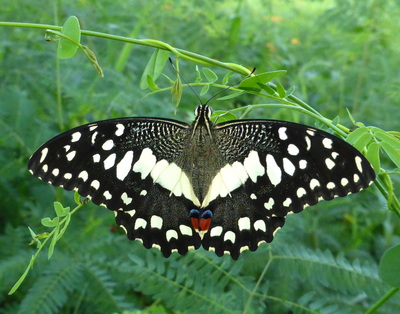
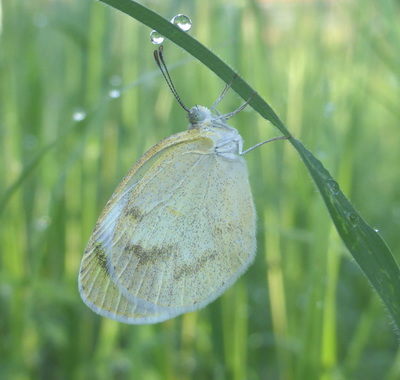
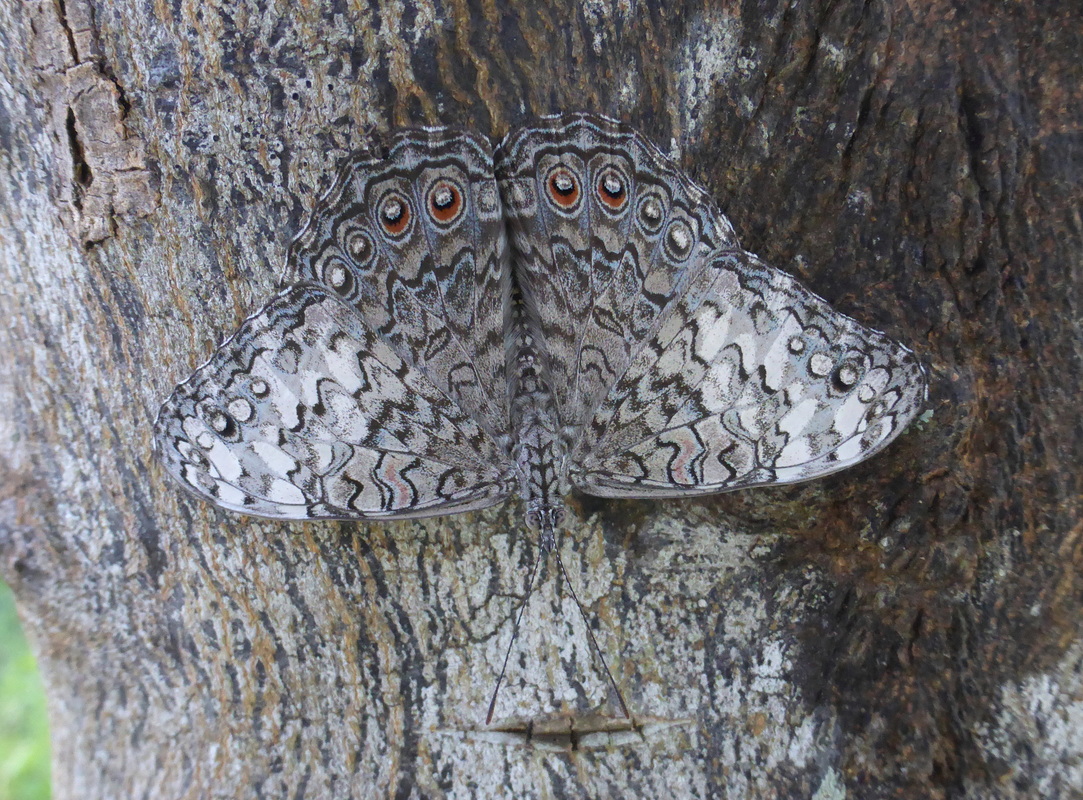
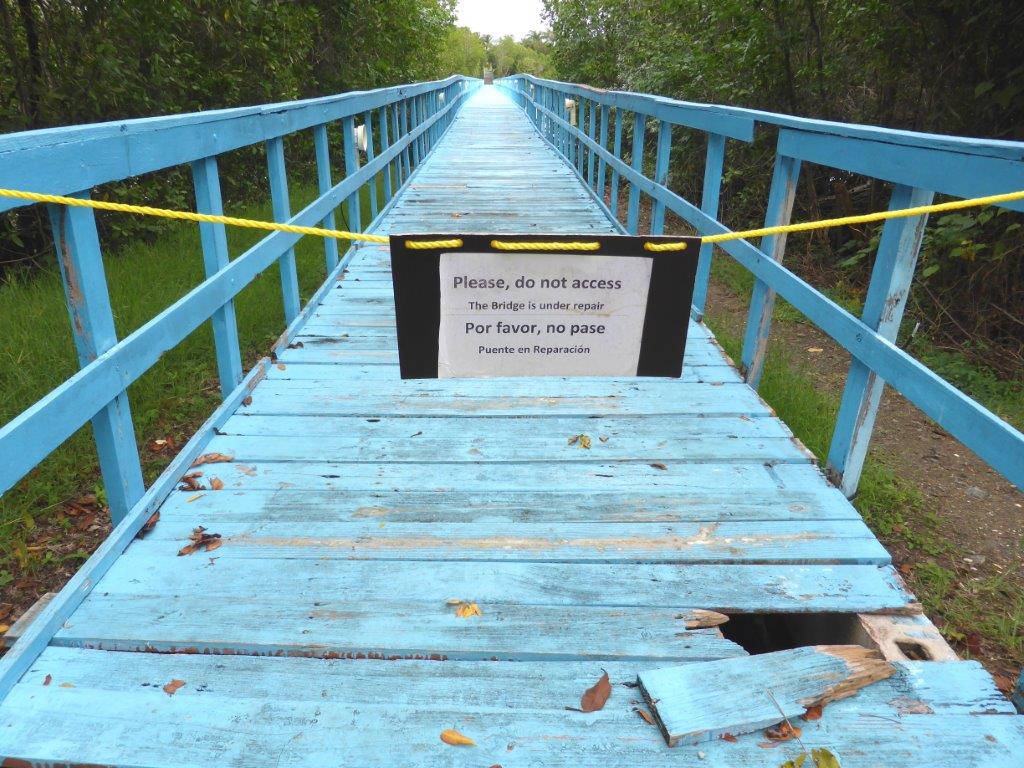
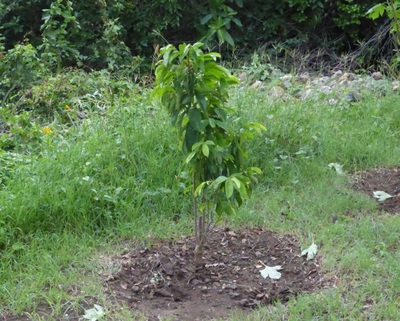
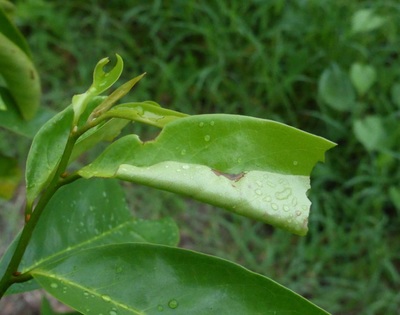
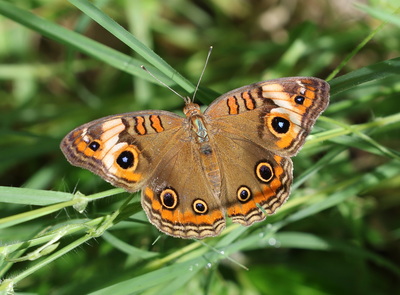
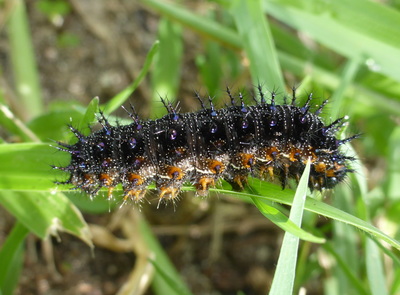
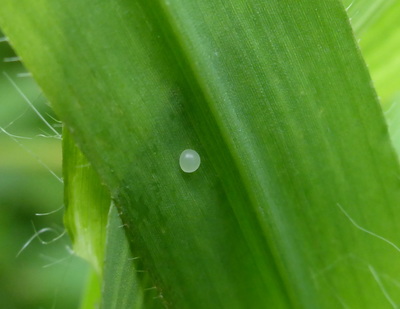
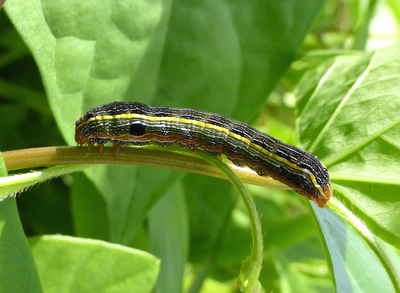
 RSS Feed
RSS Feed